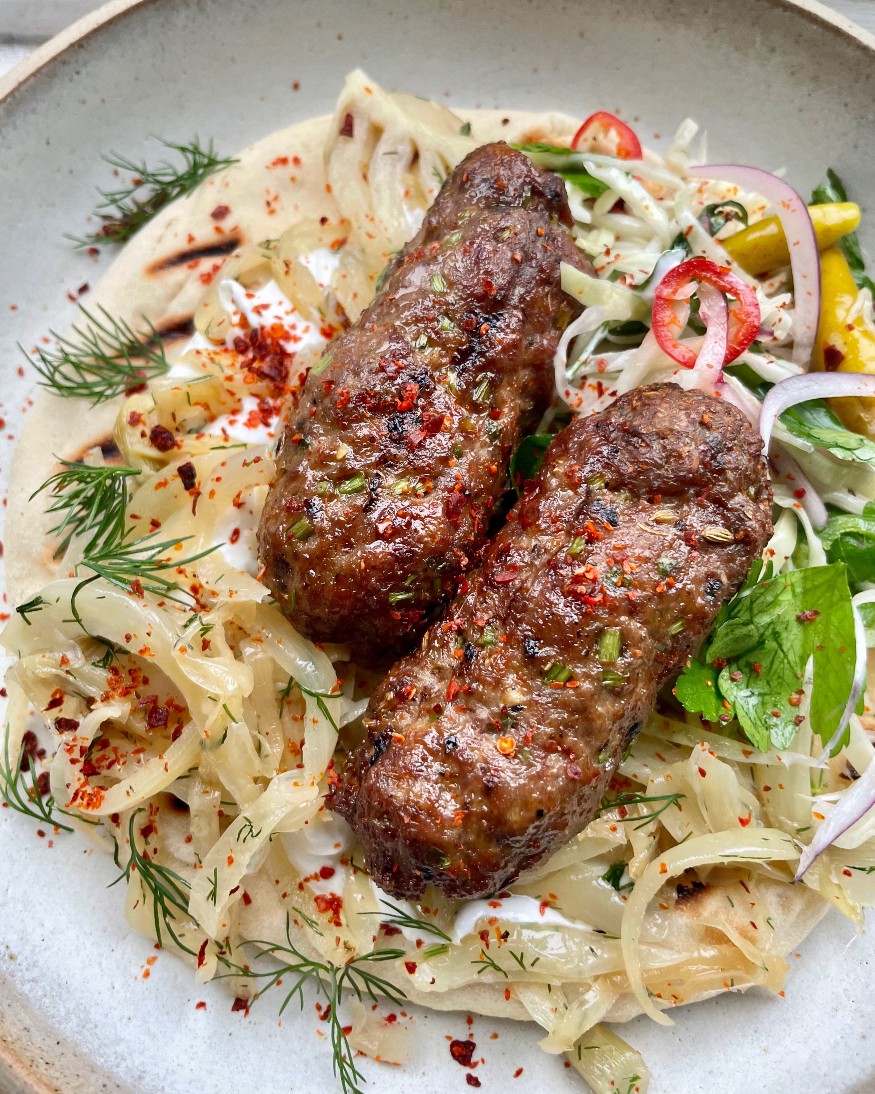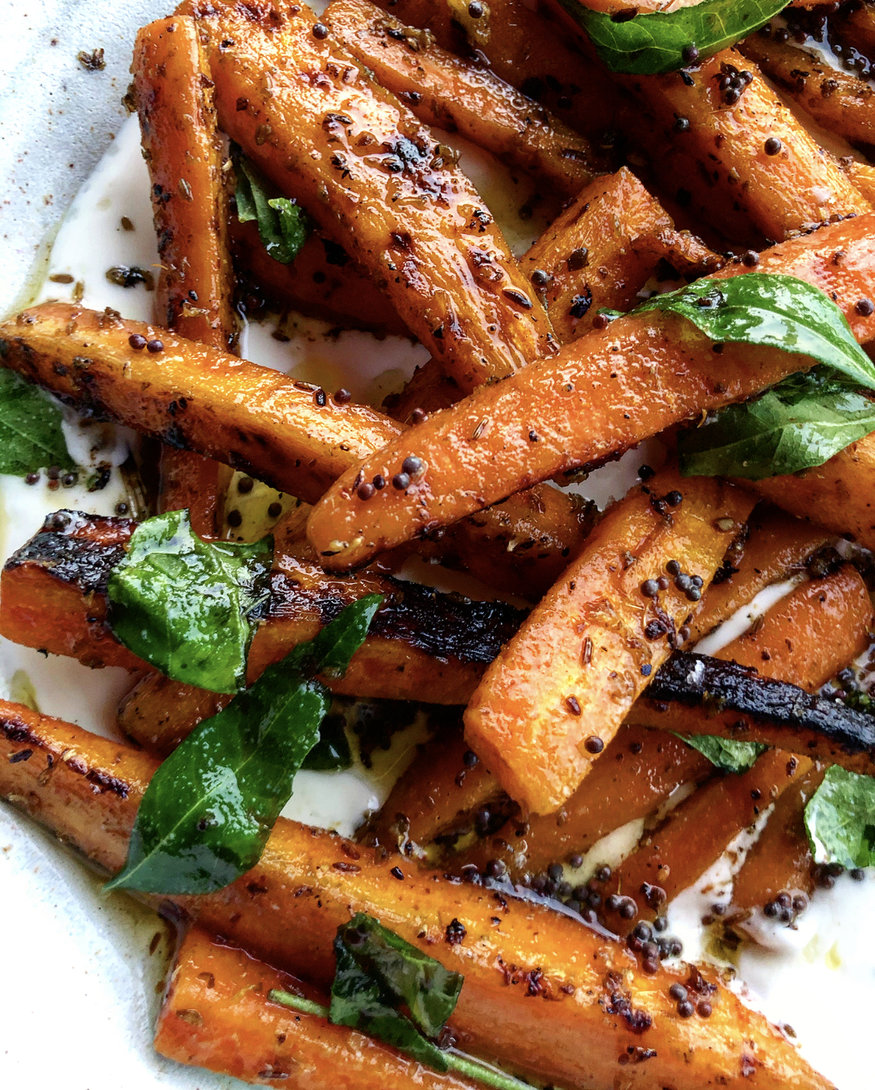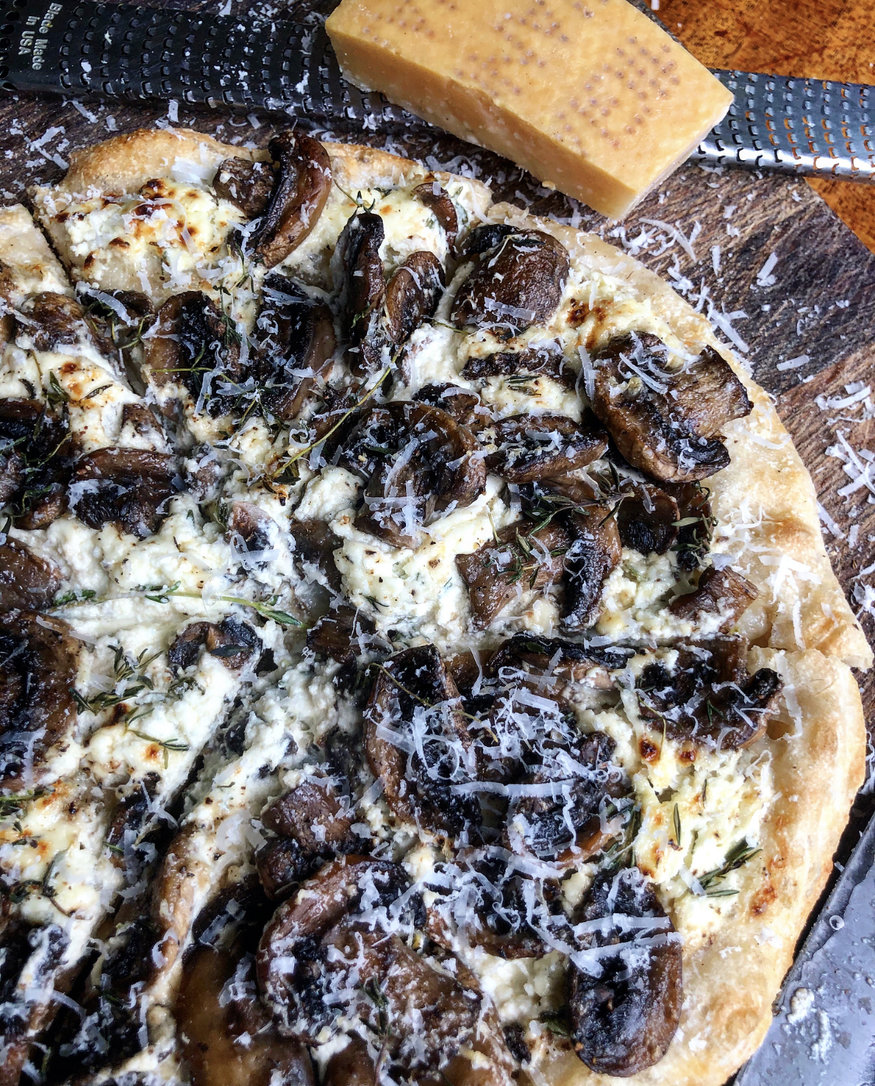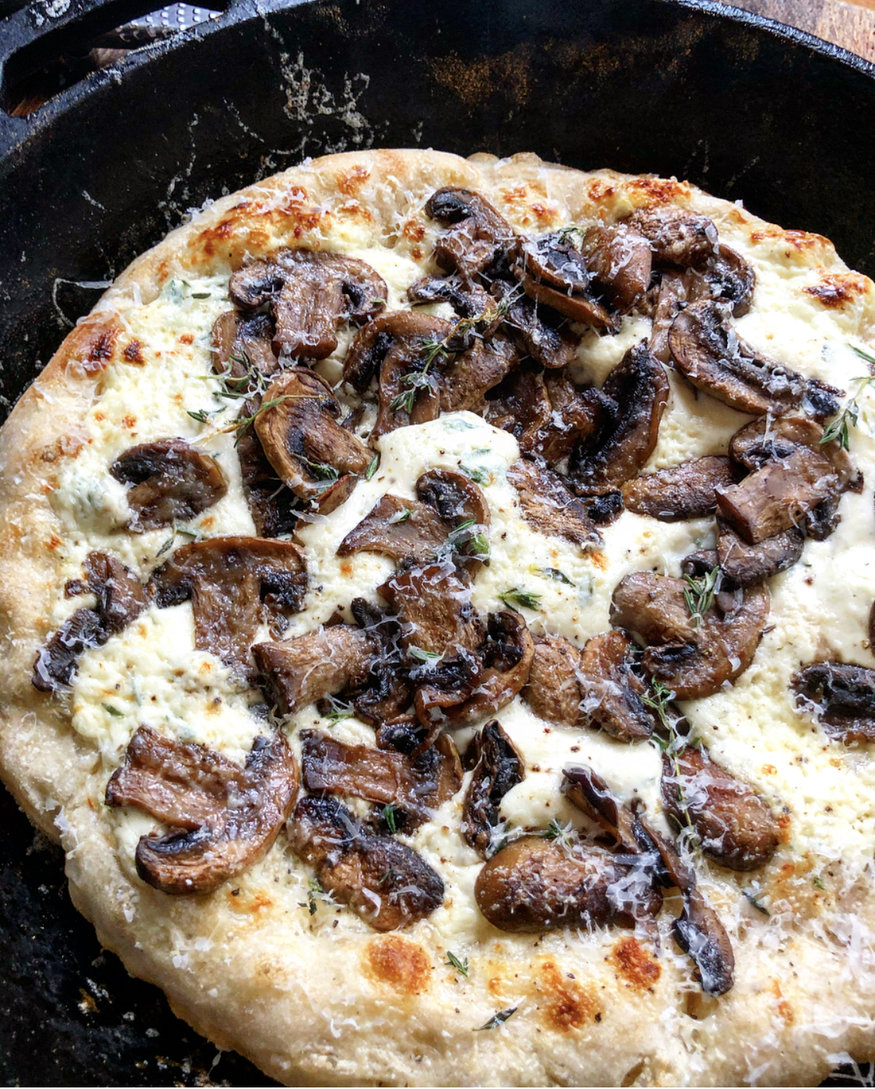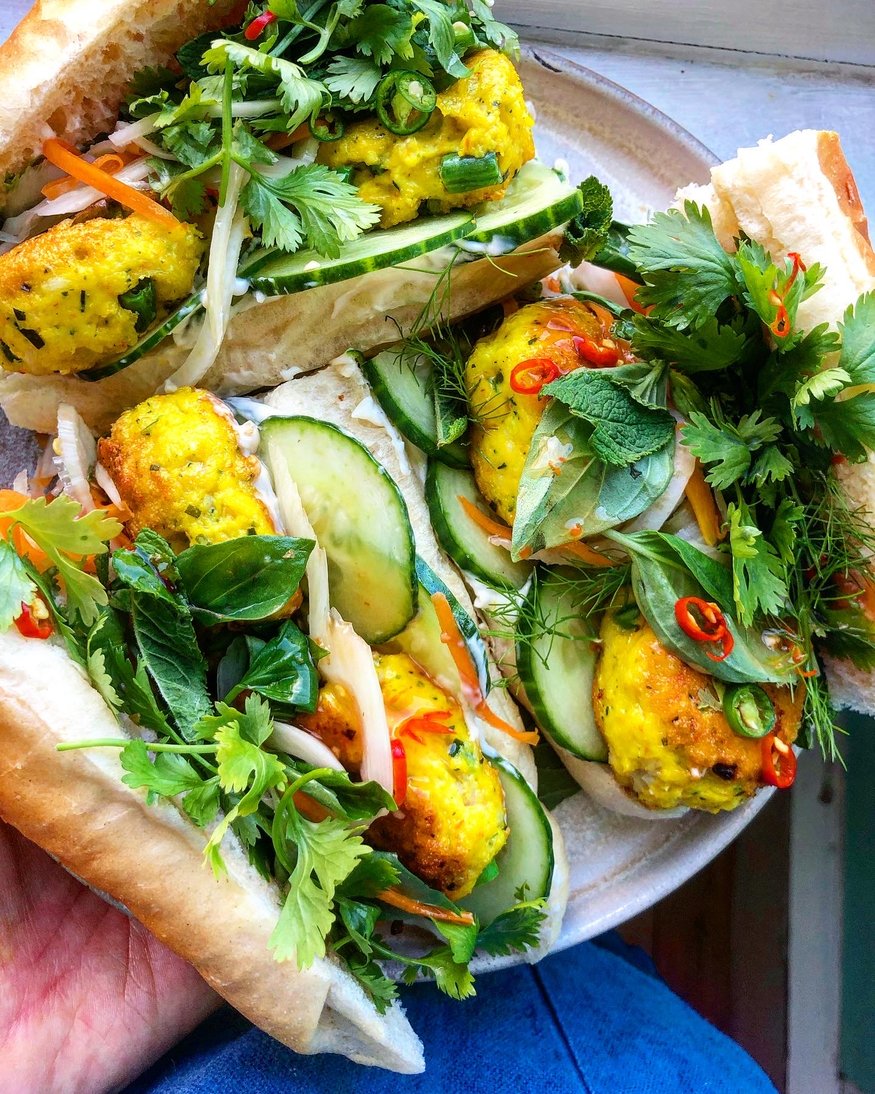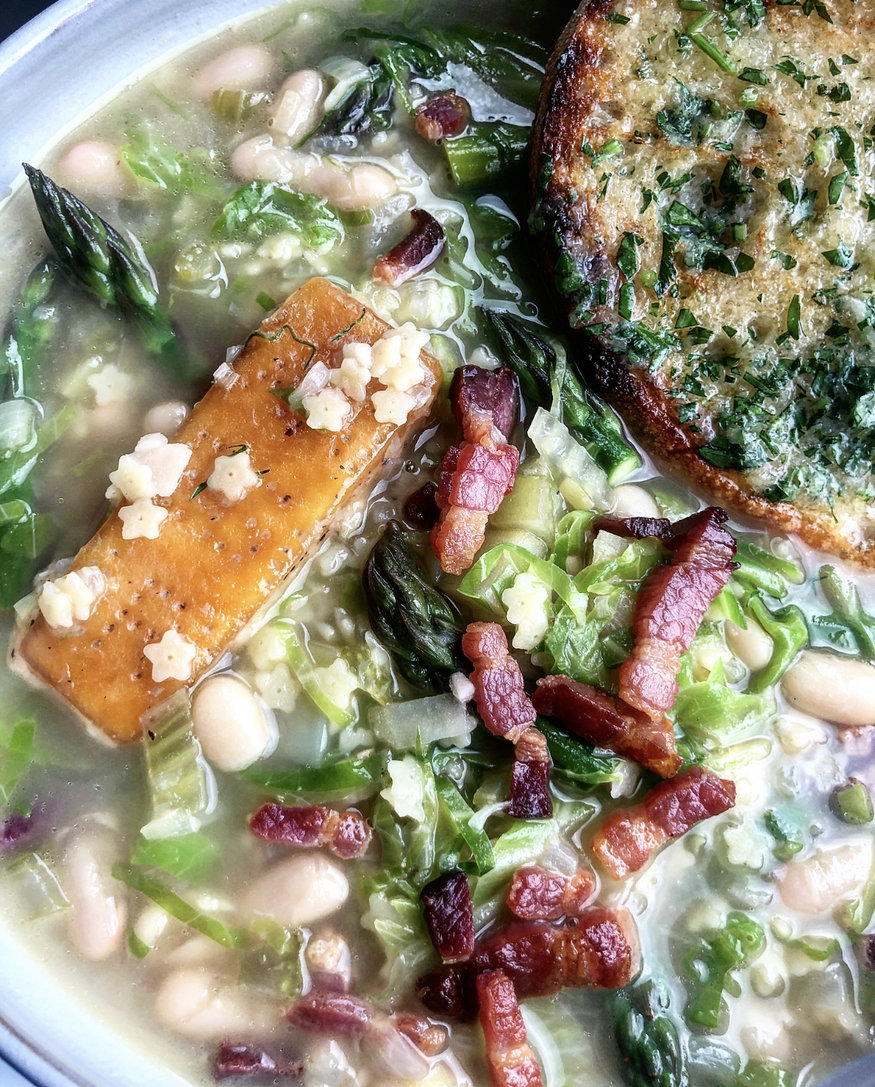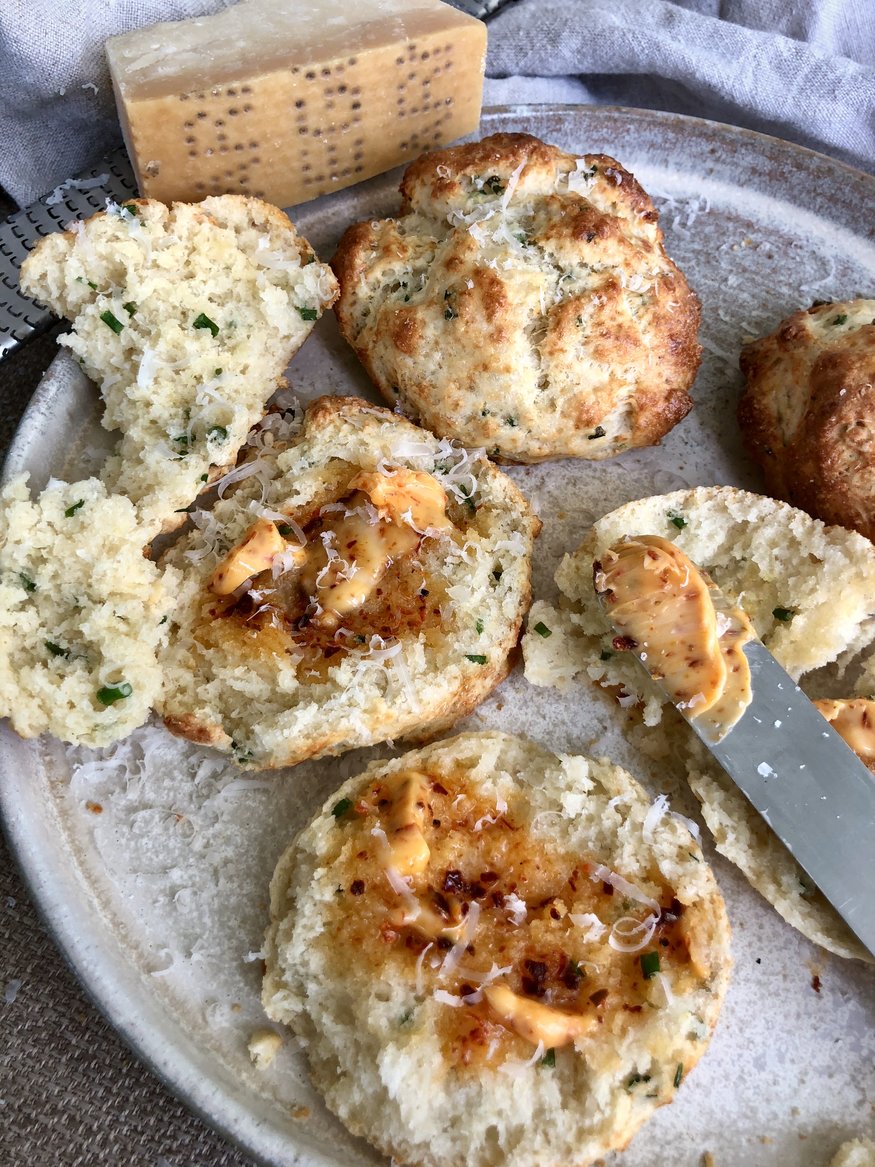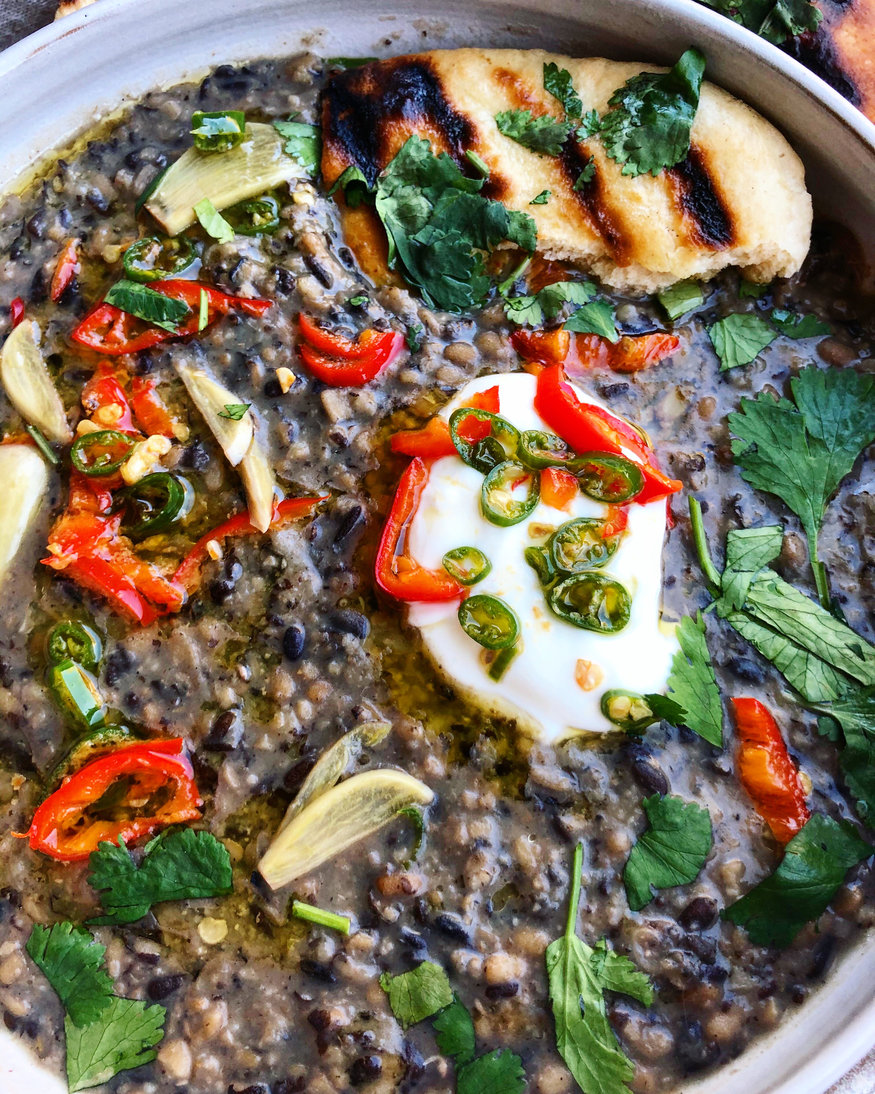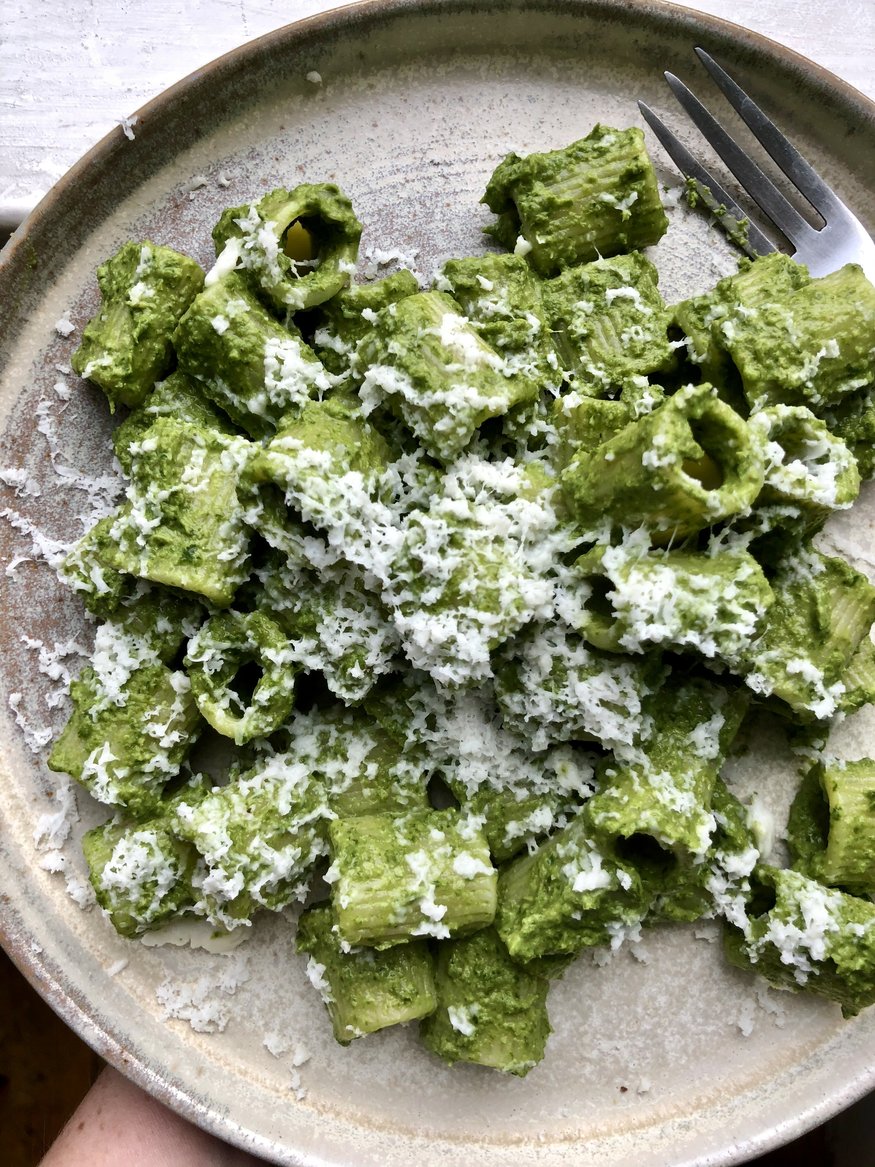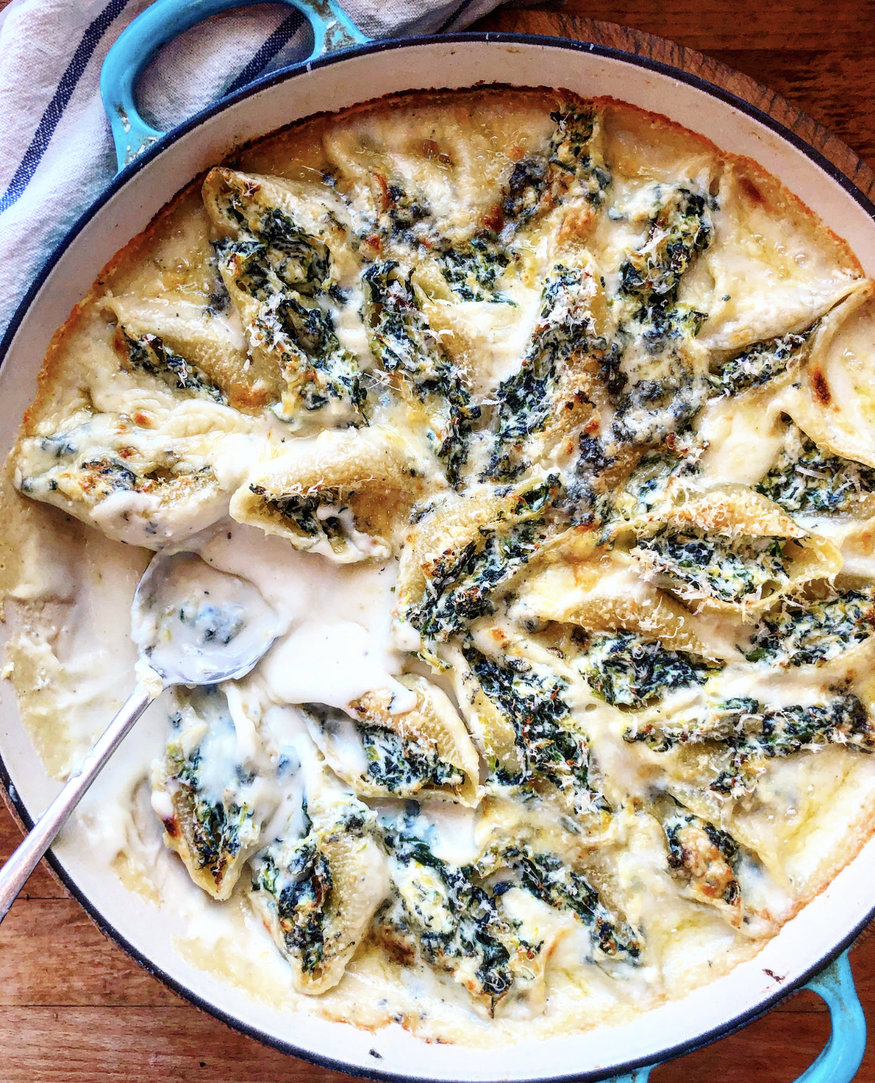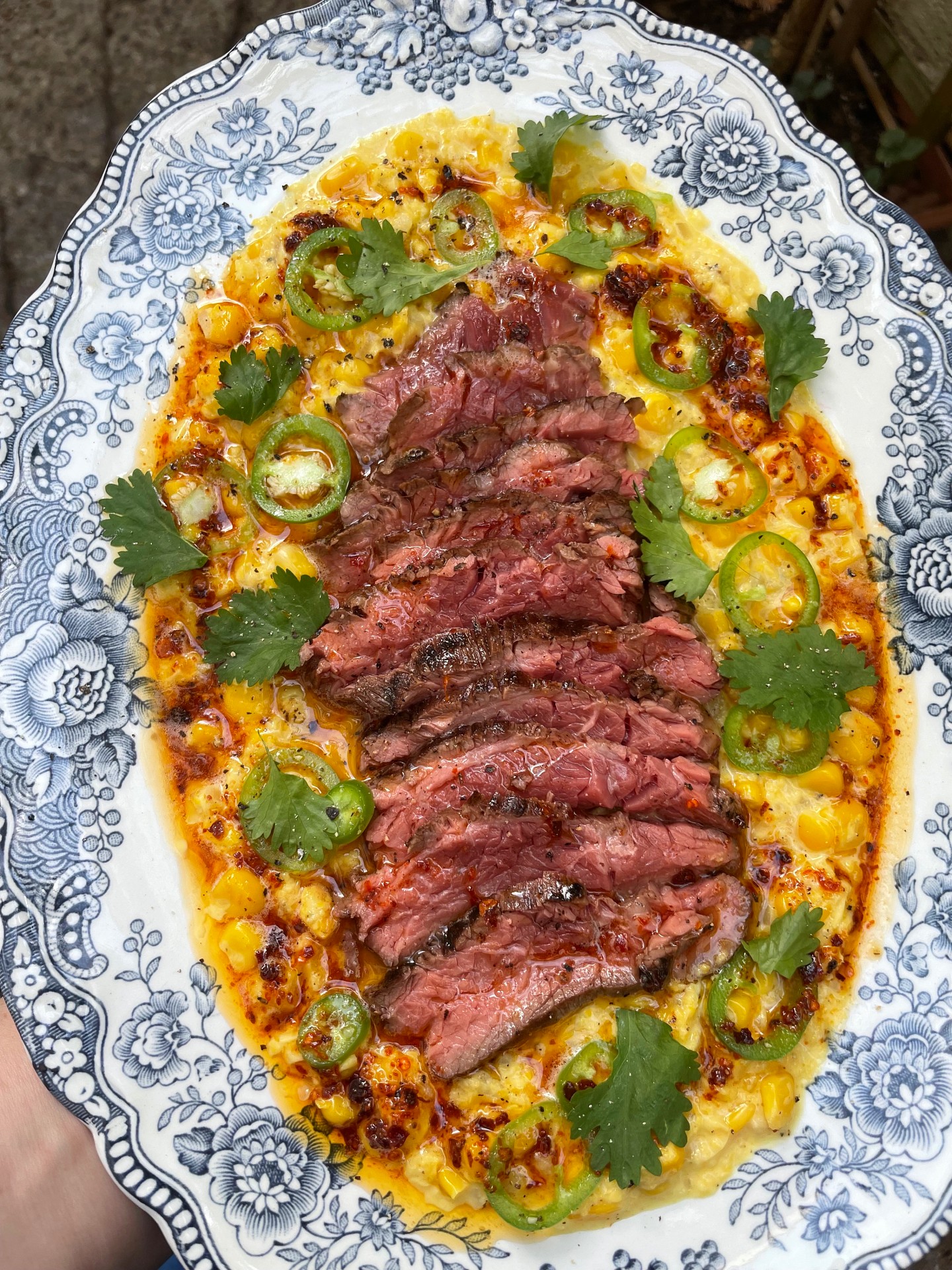
Bavette is easily my favourite cut of steak. It must be cooked rare, then well-rested and cut thinly against the grain or it will be tough. It’s this intrinsic gnarliness that gives it so much character though, and it has serious beefy oomph – no wonder it was once reserved as a butcher’s treat. Now, it’s more widely available, and this one came from Swaledale, who very kindly sent me a selection of their fantastic meat.
You may already know Swaledale as a supplier to restaurants, but you may not know that they also have an online shop for reg customers. I urge you to take a look because their meat is excellent – native breeds, fully traceable, whole-carcass, nose-to-tail butchery. This is how it should be done.
The pickling liquid used for the jalapeños is my standard brine, and it’s taken from my book Live Fire, published this year by Hardie Grant and available at all good bookshops and also that big online one. It’s packed with year-round recipes with indoor cooking instructions, so no excuses!
BBQ Bavette with Creamed Corn, Brown Butter and Pickled Jalapeños
Serves 2
180g bavette steak
4 tablespoons single cream
½ onion, finely chopped
2 x 198g cans sweetcorn, drained
70g butter
Handful coriander leaves
Oil, for cooking
Pickled jalapenos
2 jalapeños (or green chillies), sliced thinly
150ml rice vinegar
350ml hot tap water
5 tablespoons caster sugar
2 tablespoons fine sea salt
Make the pickled jalapeños by combining the rice vinegar, hot tap water, sugar and salt and stirring until the salt and sugar have dissolved. Add the jalapeños or green chillies and set them aside.
Light a barbecue for direct cooking.
To make the creamed corn, add a small dash of oil to a frying pan over medium heat and soften the onion gently for about 10 minutes.
To cook the steak, season it really well with sea salt and place it directly over the coals. Cook for a few minutes on each side – exact cooking times will depend on the thickness and shape of the steak. A thicker piece might take 4-5 minutes on each side. Set aside to rest for 10 minutes.
Add 50ml water to the corn, then turn down the heat to low and cook gently for 10 minutes. Add the cream and season with salt and pepper, then simmer for a minute more. Purée half of the creamed corn – this is easiest using a stick/hand blender if you have one.
Place the butter in a small saucepan and cook over medium-low heat until it turns brown and nutty.
Slice the steak thinly and serve on top of the creamed corn. Top with brown butter, pickled jalapeños and coriander.


